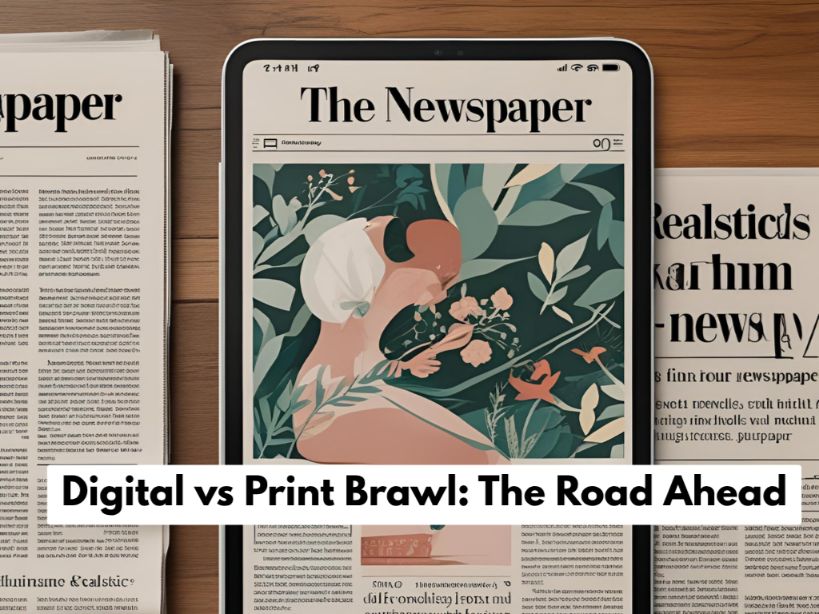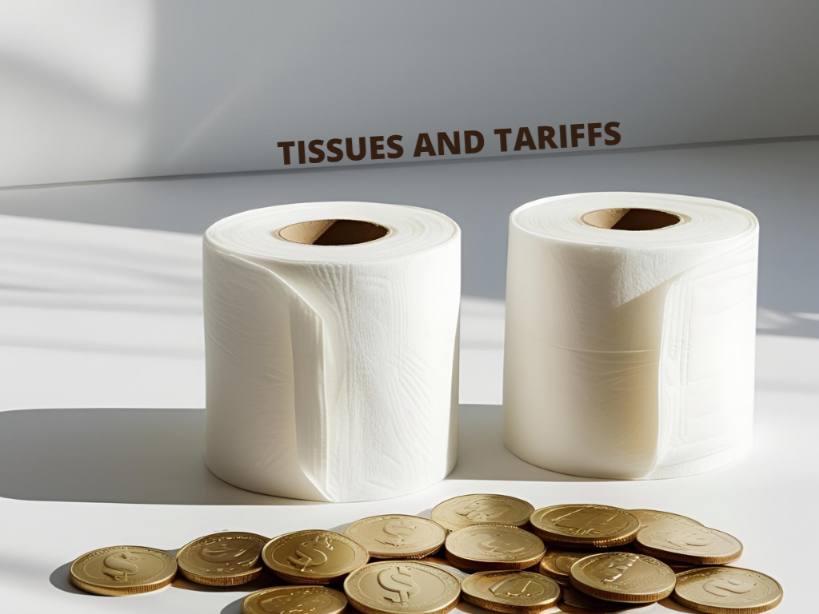Digital vs Print Brawl: The Road Ahead
- Despite, digital media is booming into our daily lives, print media seems to hold its value quite well.
- Offering plenty of real-world advantages, most users emphasize greater trust on print media than its digital counterpart.
In spite of the forecasts of certain skeptics, print media is still thriving. In reality, it continues to be the dominant format in a number of fields. Print may be regaining its footing as the disruption caused by digital starts to blow over. The Digital vs Print discourse is still extremely relevant and important for the paper industry to understand.
The fact that print is getting more and more popular among millennials and younger generations may surprise some people, but the evidence is in the numbers. Although millennials are criticized for spending a disproportionate amount of time on their phones, print media continues to play a significant role in their everyday lives. Even the elders are far more inclined to believe information published in print media than information released in digital formats, despite the fact that they purchase online more frequently
What does the research show?
In a global study conducted by Two Sides North America revealed very interesting trends. More than 70% of consumers of books and magazines still prefer the printed format. Even in the field of media where the use of paper media is often portrayed as a dying endeavor with not a lot of future growth – more than half of the consumers still prefer to read in the printed format.
The research revealed that the primary underlying reason for continued popularity of print is the health concerns among people related to the overuse of screens.
The benefits of print
There are numerous benefits when it comes to the Print vs Media debate. Here’s the primary benefits for choosing the former.
1. Superior Comprehension
There are a few reasons for this. First, our brains are wired to process information more effectively when it is presented in print form. This is because we can see the whole page at once, and our brains can more easily track the flow of information.
Second, we can control the rate at which we process information when we are reading in print form. We can choose to read faster or slower, and we can go back and re-read if we need to. When we are reading on a screen, we are often forced to scroll quickly to keep up with the flow of information, which can make it more difficult to understand.
Finally, research has shown that we retain more information when we read in print form than when we read on a screen. A study conducted by the Scientific American also found that the flipping of pages works has a rewarding effect on the mind of the reader.

2. Sense Of Security and Higher Trust
There are a few potential reasons for this: – People feel like they can better control print media. Once something is published online, it can be changed or taken down at any time without the reader’s knowledge. With print media, what you see is what you get. Print media feels more permanent.
Once something is printed, it’s there forever. People might feel like digital media is more ephemeral and can be lost more easily. Some people may feel like they can better trust print media. With digital media, it’s easy to fake something or make it look different than it actually is.
3. Stimulation of Emotion
It has been demonstrated that certain sensations, like touch and scent, may pique a reader’s interest and strengthen their emotional connection to the literature they are reading. According to 2014 research, readers can feel various emotions based on the texture, with smooth textures contributing to sentiments of warmth and relaxation. A key element in enhancing reading experiences is trust.
According to German research, 54% of respondents trusted traditional forms of advertising, while only 16% thought internet commercials were more reliable.
4. Better Focus
What benefits does print provide that digital doesn’t? A continuous reading experience. This implies that a reader who is focused on finishing an article won’t encounter any obstacles. There are no additional news items, ads that automatically play, or pop-ups that distract readers after they begin reading.
This indicates that the reader is fully focused on that particular piece of information, which ensures a higher level of engagement with the brand since the reader is more likely to be affected by it and retain it over time.
Conclusion
Regardless of its intended application, research has shown that print is still a valuable and in-demand media in the modern world. At the same age, millennials are reading more than prior generations, and they also value the tactile pleasure of holding a book in their hands.
Millennials will make up 50% of the workforce in America by 2020. Now is the time to recognize the significant role that print media plays in all facets of life and to take advantage of the many ways that it can be utilized to market your business and business endeavors in a more captivating and understandable manner.
Stay in tune with the paper and pulp industry’s latest updates and fun trivia only with Coniferous. Leading paper supplier and proponent of a more sustainable future for this ever-dynamic industry.


